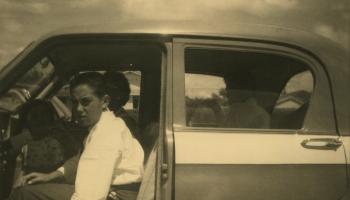We were called Brownie, Cub, Girl Guide, Scout, Rover, Sea Scout; we were the pack. As a young boy I was dragooned, probably unwillingly, into that arcane twilight of Empire experience that was Cubs and Scouts. I liked the uniform, although I, like most schoolboys, was highly diffident about being forced into it. I sought to customise mine as soon as possible. I realised that there were a myriad of ways the Cub or Scout uniform could be ‘cooled up’ and I was away. There were badges of all sorts to add to sleeves as well as a range of funky woggles ( my favourite was a scarlet plastic wheku head that I nattily decorated with a black tongue and green eyes). Although there were set guidelines for tying scarves the ‘default’ setting could be messed with in all sorts of ways.
Most of all I recall Scout nights were loud, barely controlled chaos. Akela, Boo Boo and Bagheera did their level best to assert some degree of order, but most of the time we were running amok: twanging each other’s tent leaders; setting up pratfall traps for the unsuspecting; or torturing compasses and gas billys - sabotaging the simplest of tasks. It was all a bit Five Go Mad on Mescaline and bloody good, clean fun. For me today there is a vestigial knowledge of knot-tying skills, the most rudimentary of camping skills, and a deep nostalgia for those pre-device days when kids got together after school and had a grouse old time.









